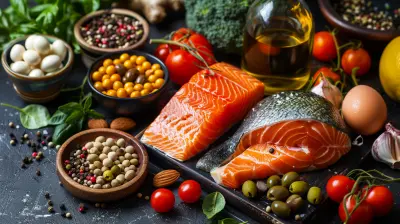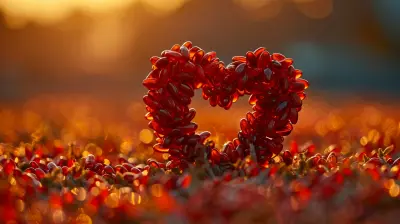Top Sources of Plant-Based Protein for Active Lifestyles
6 June 2025
So, you’ve ditched meat (or maybe just cut back), you're hitting the gym, and now you’re wondering, “Where the heck am I gonna get enough protein from plants?” You’re not alone. Many people think building muscle and staying energized on a plant-based diet is like trying to fuel a Ferrari with tap water. But guess what? It’s totally possible — and easier than you might think.
Let’s break it down: Your body needs protein for muscle repair, energy, immunity, and overall function — and an active lifestyle demands even more of it. But animal products don’t hold the monopoly on protein. There are plenty of powerful, plant-based options out there that pack a serious punch. Let’s dive into the top plant-based protein sources that’ll fuel your workouts, support muscle growth, and keep you feeling strong and satisfied.
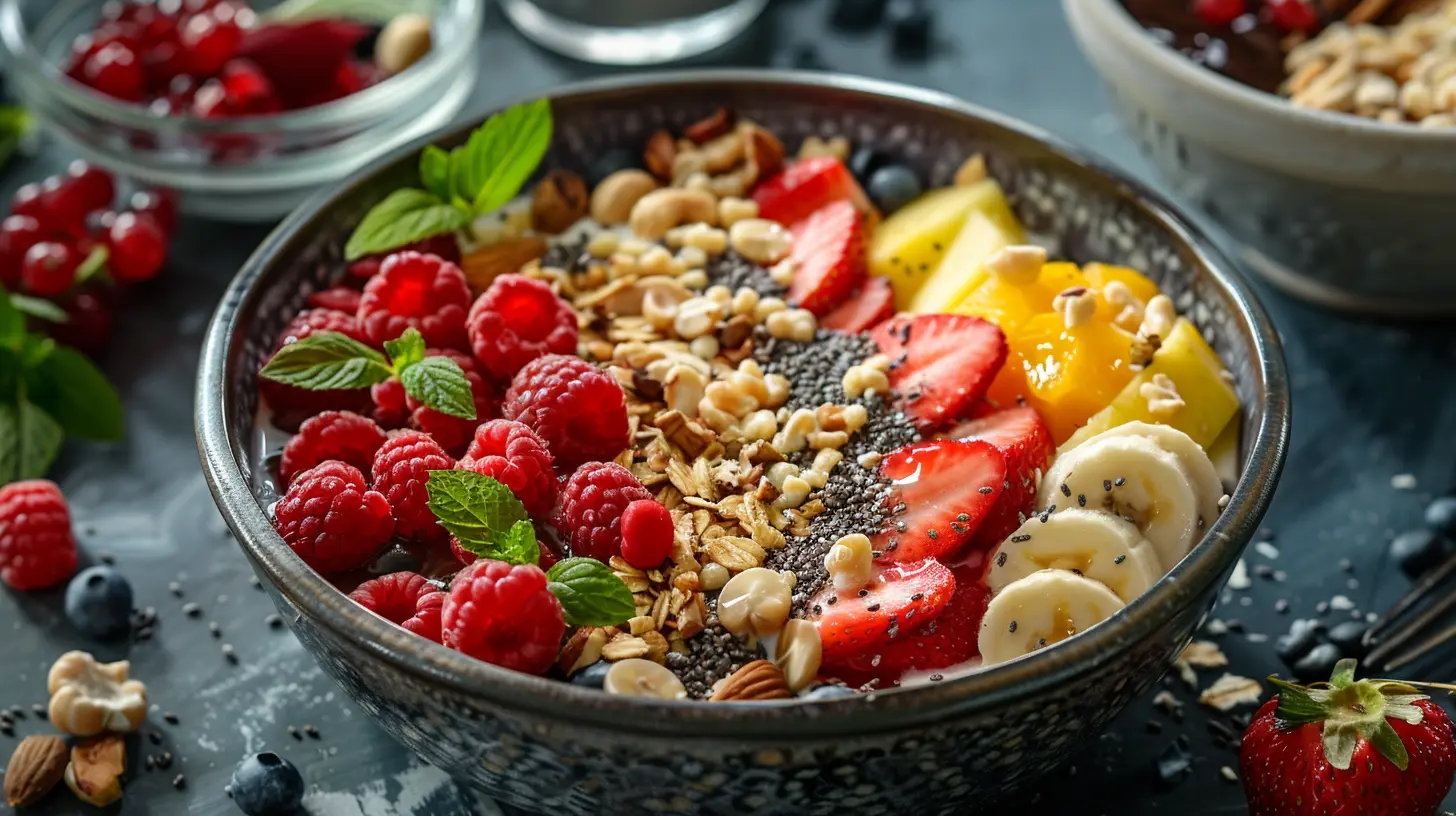
Why Protein Is Important — Especially If You’re Active
Before we dive into the list, let’s back up a sec.Protein is made up of amino acids — tiny building blocks your body uses to repair tissue, build muscle, and produce enzymes and hormones. Think of protein like Lego bricks. The more bricks you have, the more you can build — whether that’s stronger muscles, healthier skin, or a bulletproof immune system.
If you’re lifting, running, cycling, doing yoga, or even chasing your dog around the yard (hey, cardio is cardio), your body is breaking down and rebuilding tissue constantly. That means you need a steady supply of quality protein.
Plant-based protein can 100% meet your needs — as long as you know where to find it and how to balance it.
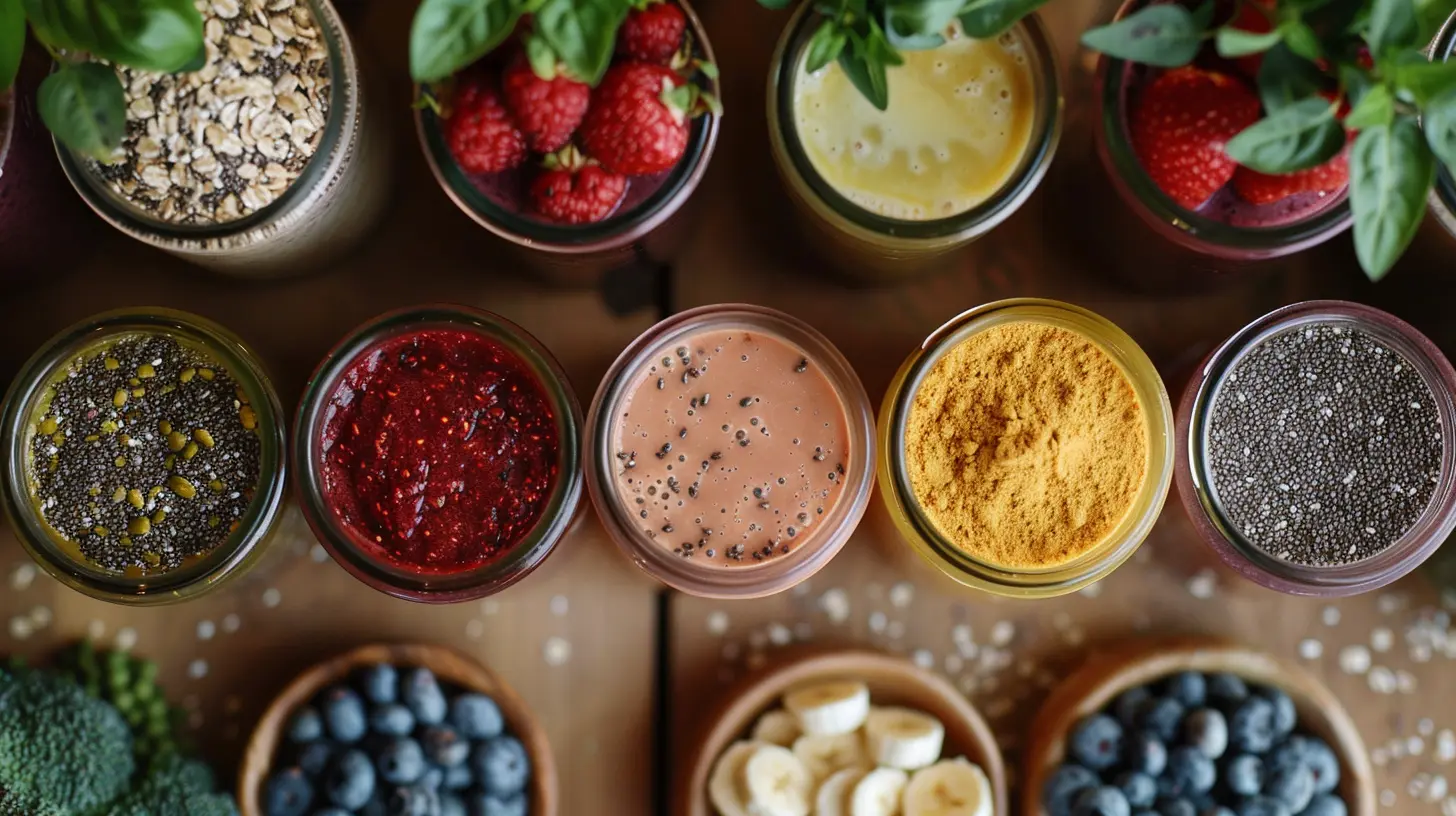
How Much Protein Do You Really Need?
Great question. The standard recommendation for the general population is about 0.8 grams per kilogram of body weight. But for active folks, that number crawls up to 1.2 to 2.0 grams per kilogram.So, if you weigh 70 kg (about 154 pounds), you’re looking at roughly 84–140g of protein per day depending on your activity level. Sounds like a lot? Not when you’re loading up on the right plant-based foods.
Let’s check out those superstar sources.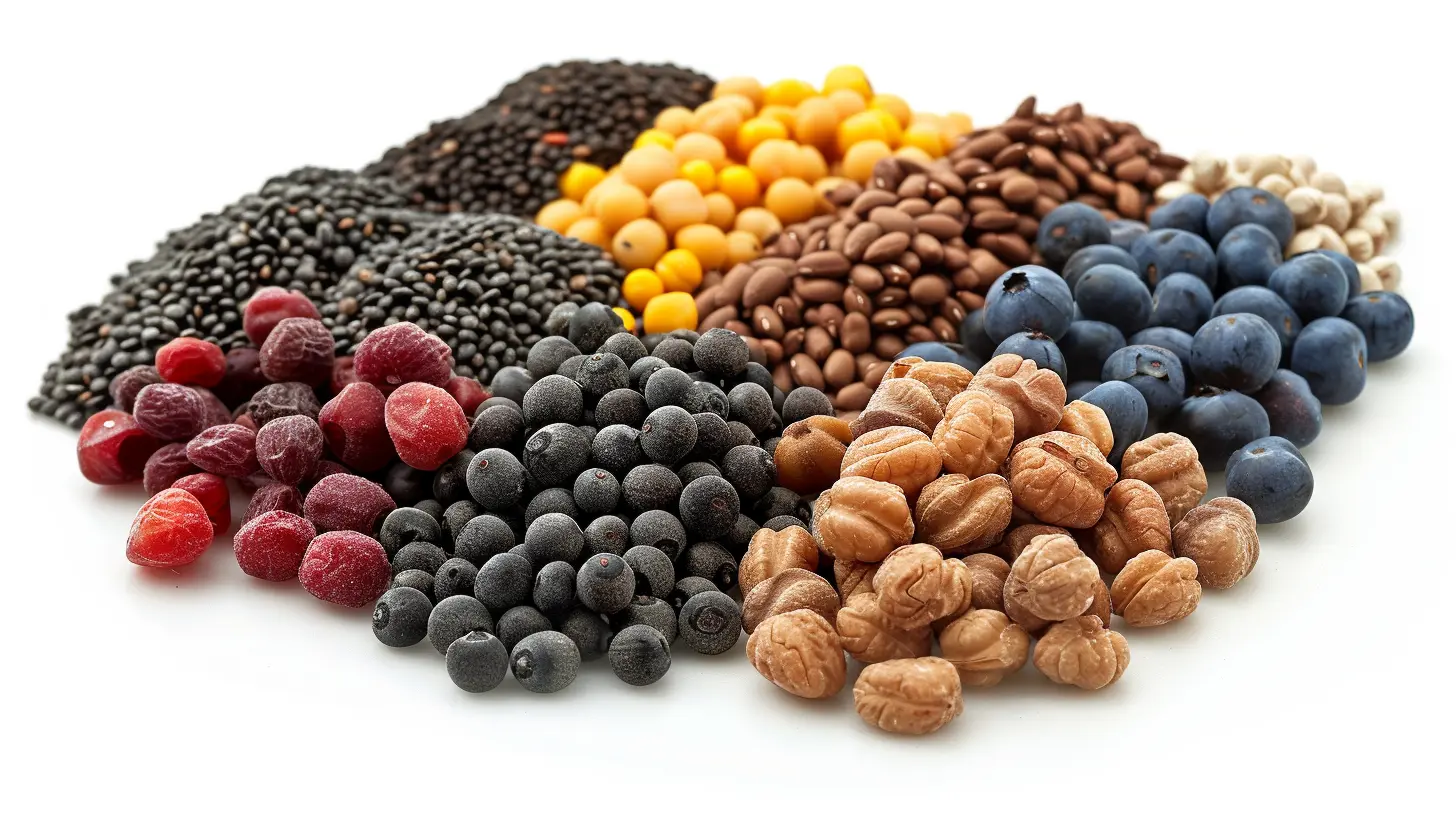
1. Lentils – The Muscle-Building Powerhouse
Lentils are tiny, but they’re mighty.Just one cooked cup of lentils gives you around 18 grams of protein. They’re also full of fiber (hello improved digestion), iron, and slow-digesting carbs — which means sustained energy for those long training sessions or endurance runs.
Bonus: They’re cheap, easy to cook, and incredibly versatile. Throw them in soups, stews, salads, or even veggie burgers.
Pro Tip: Pair lentils with rice or bread to get a complete amino acid profile.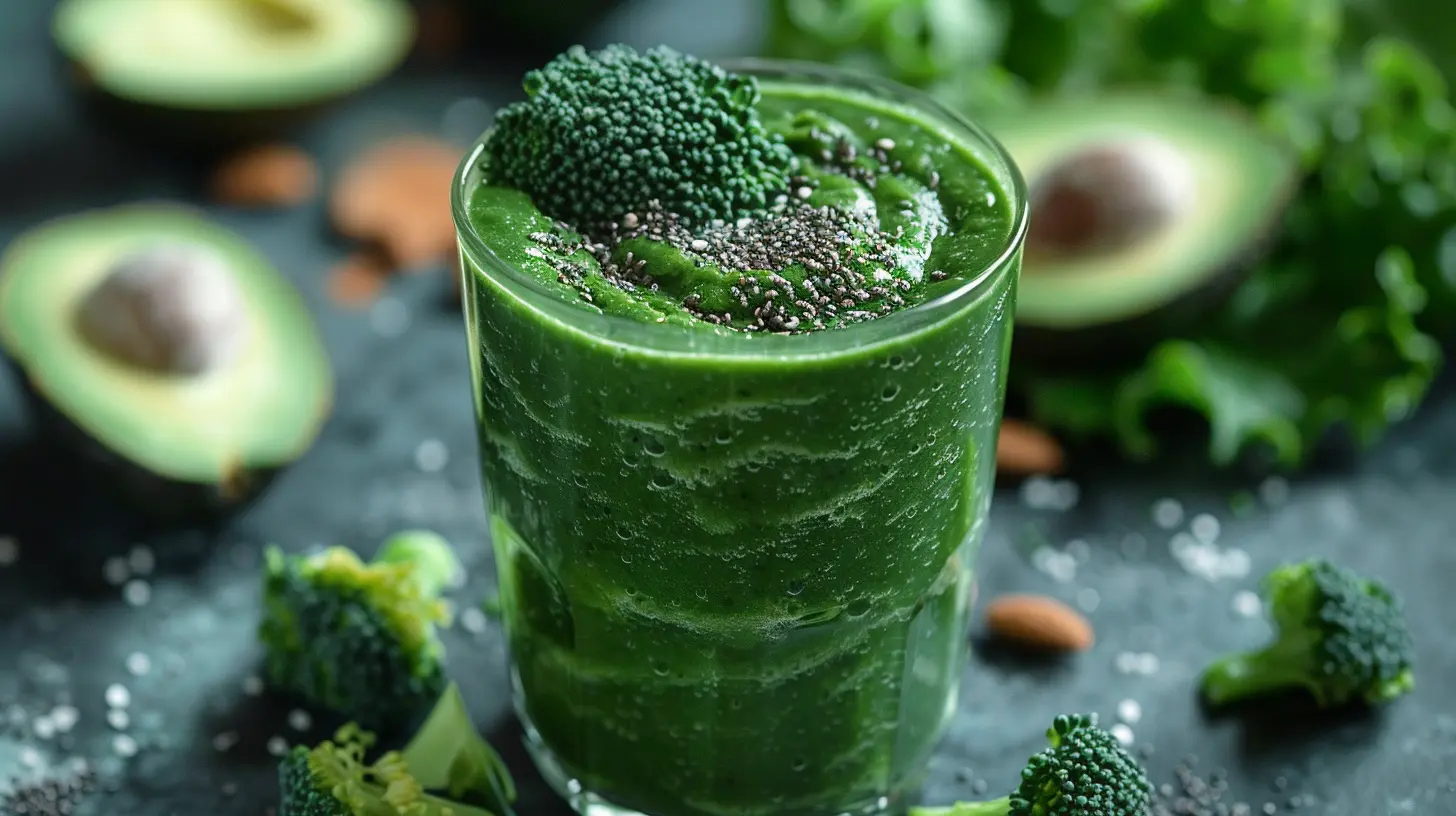
2. Quinoa – The Grain With All The Gains
Technically, quinoa is a seed. But we treat it like a grain — and it’s one of the few plant foods that’s a complete protein, meaning it contains all nine essential amino acids your body can’t produce on its own.One cup of cooked quinoa gives you about 8 grams of protein, plus magnesium, iron, and fiber. It’s also gluten-free. Winning all around.
Use it as a base for bowls, mix it into salads, or stuff it into peppers for an extra boost.
3. Tofu & Tempeh – Soy’s Dynamic Duo
If quinoa is the Swiss Army knife of grains, tofu and tempeh are the Batman and Robin of plant-based protein. Both are made from soybeans, and both are loaded with protein and other nutrients.- Tofu (aka bean curd): 10g of protein per half-cup
- Tempeh: Around 15g of protein per half-cup
Tempeh is fermented, which means it gives your gut a little love too. These soy-based foods are incredibly versatile — grill, bake, sauté, or blend them into sauces or smoothies.
Flavor tip: Tofu is basically a flavor sponge. Marinate it well and thank me later.
4. Chickpeas – The Versatile MVP
Hummus lovers, rejoice.Chickpeas (aka garbanzo beans) offer around 14g of protein per cooked cup. And they’re more than just salad toppers. Roast them for a crunchy snack, mash them for a sandwich spread, or toss them into curries or pasta dishes for an extra hit of protein and texture.
They also provide a hefty dose of fiber and complex carbs – perfect for pre- or post-workout meals.
5. Seitan – Protein’s Secret Weapon
If tofu is the sponge, seitan is the steak.Made from wheat gluten, seitan is one of the most protein-dense plant-based foods out there — we’re talking up to 25 grams of protein per 3.5-ounce serving.
It’s chewy, satisfying, and can mimic the texture of meat. You’ll find it in plant-based deli slices, sausages, and even jerky.
Heads-Up: If you’re gluten-sensitive, you’ll want to skip this one.
6. Edamame – The Perfect Snack That Packs A Punch
You’ve probably seen these little green pods as an appetizer at your favorite sushi spot. But edamame isn’t just tasty — it’s protein-packed too.One cup of cooked edamame delivers about 17 grams of complete protein. It's also rich in vitamins, minerals, and antioxidants.
Snack on them with a sprinkle of sea salt, toss them into salads, or blend them into a protein-rich hummus-style dip.
7. Hemp Seeds – Tiny But Mighty
These small seeds are a complete protein powerhouse. Three tablespoons of hemp seeds contain around 10 grams of protein — and they’re loaded with omega-3s, magnesium, and iron.They have a nutty flavor and can be sprinkled onto oatmeal, yogurt (plant-based, of course), smoothies, or salads.
The bonus? No soaking, cooking, or prep required. Just open the bag and you’re good to go.
8. Chia Seeds – More Than Just a Trend
Chia seeds are the G.O.A.T of multitasking.They’re rich in protein (about 5g per two tablespoons), fiber, and healthy fats. When mixed with liquid, they form a gel — which makes for great puddings, smoothie thickeners, or egg replacers in baking.
Add them to your shakes or oatmeal for a slow-digesting energy source that keeps you feeling full for hours.
9. Black Beans – The Budget-Friendly Beast
Let’s not forget the humble black bean. With about 15g of protein per cooked cup, these beans are packed with fiber, iron, and antioxidants.They’re a perfect addition to burritos, tacos, soups, bowls — you name it.
Pair them with rice (teamwork makes the dream work) to form a complete protein meal.
10. Nutritional Yeast – The Cheesy Sprinkle You Didn’t Know You Needed
Nutritional yeast (aka “nooch”) is a deactivated yeast that’s often used to give a cheesy flavor to vegan dishes. And surprise — it’s also high in protein.Two tablespoons of nutritional yeast can contain up to 8g of protein, plus B vitamins (including B12, if it’s fortified). Sprinkle it on popcorn, pasta, or roasted veggies.
It’s like magic fairy dust for your meals — only it's golden and makes everything taste like cheese.
11. Green Peas – Not Just For Dinner Plates
You might not think of green peas as a protein source, but you’d be missing out.One cup of cooked green peas delivers around 9 grams of protein, and they’re high in fiber, vitamins A, C, and K, too.
Blend them into soups or dips, toss them into pasta, or even throw them into a smoothie (yep — it works).
12. Plant-Based Protein Powders – Convenient, Clean, and Effective
Sometimes you just need a quick hit of protein post-workout, and there’s no shame in shaking things up.There are tons of plant-based protein powders made from peas, brown rice, hemp, or blends of several sources. They can deliver up to 20-30 grams of protein per scoop — and many taste pretty darn good these days.
Mix with water or plant milk, blend into smoothies, or stir into oatmeal or pancake batter.
Pro Tip: Look for powders with a complete amino acid profile if it’s your primary protein source.
Tips for Maximizing Plant-Based Protein
Alright, now that you've got the list, how do you make sure you're getting enough?Here are a few tips to keep your protein game strong:
- Mix it up: Variety is key. Different plant foods offer different amino acids.
- Eat consistently: Spread your protein intake across the day to help your body use it more efficiently.
- Plan meals ahead: Prepping high-protein meals and snacks can help you hit your targets.
- Watch your portions: Some plant proteins have less protein per serving than meat, so you may need slightly larger portions.
- Use complements: Pair foods like beans and rice to get complete protein profiles.
Final Thoughts: Plant-Based Power, For Real
Listen — if you’re living an active lifestyle, you don’t need meat to build muscle, stay lean, or feel energized. Plants have your back. With a little planning and some creativity in the kitchen, you can hit your protein goals, fuel your workouts, and feel incredible doing it.So, go ahead. Load up that Buddha bowl, toss those chickpeas in your salad, or chug that post-workout shake with pride. You’re nourishing your body, respecting the planet, and proving that plant-based and powerful? Totally compatible.
all images in this post were generated using AI tools
Category:
NutritionAuthor:

Eileen Wood
Discussion
rate this article
2 comments
Everett Rocha
Great insights on plant-based protein! A diverse diet truly supports an active lifestyle—thank you for highlighting these important sources!
June 10, 2025 at 4:59 AM

Eileen Wood
Thank you for your kind words! I'm glad you found the insights helpful for supporting an active lifestyle with plant-based protein.
Lacey Martin
Who knew tofu could be the new superhero in our fridge? Move over, chicken! With lentils and chickpeas flexing their protein muscles, it seems plants are flexing more than just their leaves. Next up: a protein shake made from kale wrestling with quinoa. Who's ready to join this veggie gym? 🥦💪
June 7, 2025 at 3:55 AM

Eileen Wood
Absolutely! Plant-based proteins are stepping into the spotlight, and it's exciting to see such variety flex their nutritional power. Let's embrace this veggie gym! 💪🌱
